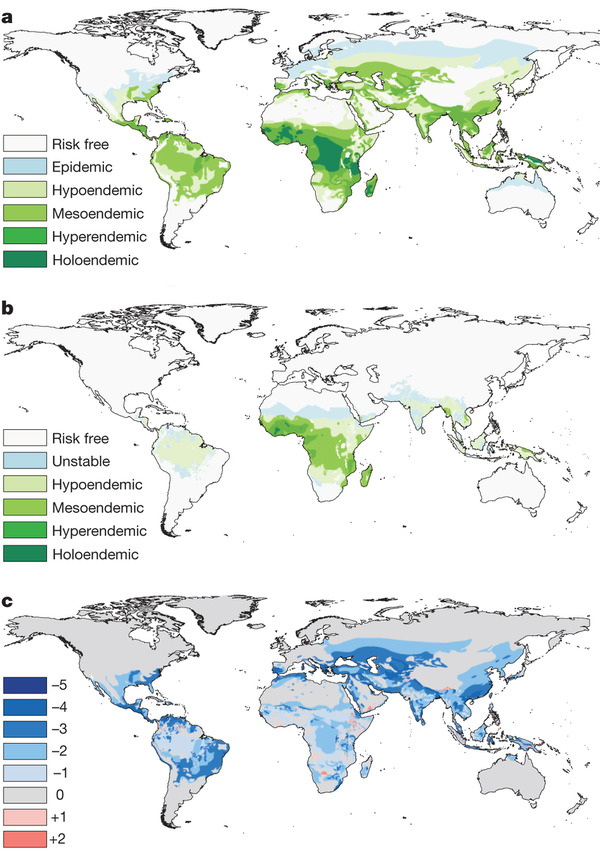QUESTION
Does malaria only occur during summer season?
ANSWER
That depends on where you are. The transmission of malaria depends on the presence of the mosquitoes which are required to transmit the disease (they do this when they bite you).
Many kinds of mosquito transmit malaria, though all are of the genus Anopheles. These different species have different climatic requirements, but all lay their eggs in pools of stagnant water, and the larve likewise live in this stagnant water until they develop into adults. As such, malaria is only transmitted when there are suitable pools of standing, stagnant water available for mosquitoes to breed, and also when the temperature is suitable for mosquito development (optimum temperature for mosquitoes is 25-27 degrees C—the malaria parasite develops most rapidly around this temperature as well, though can survive in temperatures about ten degrees cooler as well).
In some regions of the world, this combination of conditions is only met in the summer time, which means that malaria transmission only occurs during this season. In other parts of the world, such as coastal West Africa, conditions are suitable for mosquito breeding and malaria development all year round, which means that malaria transmission occurs throughout the year.
